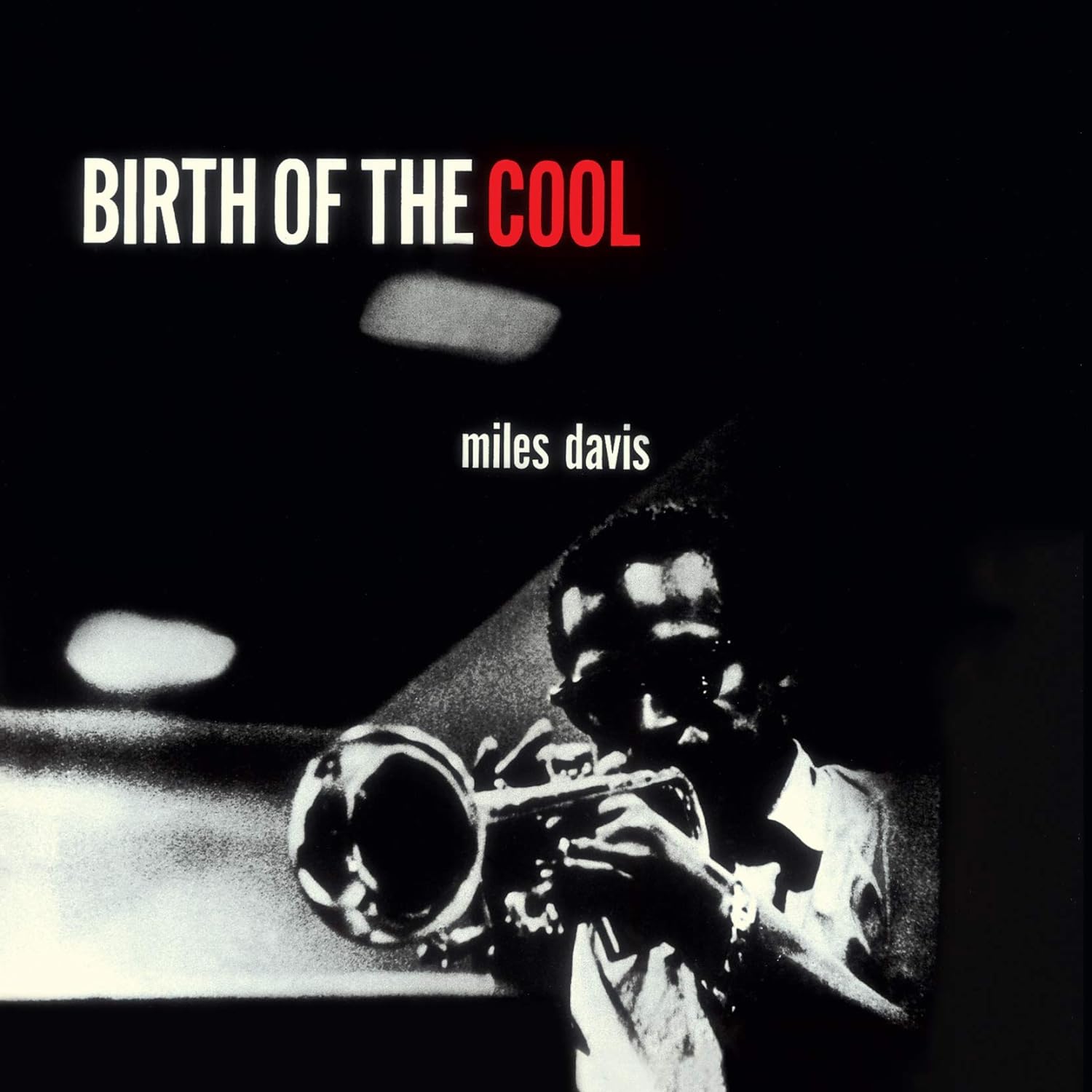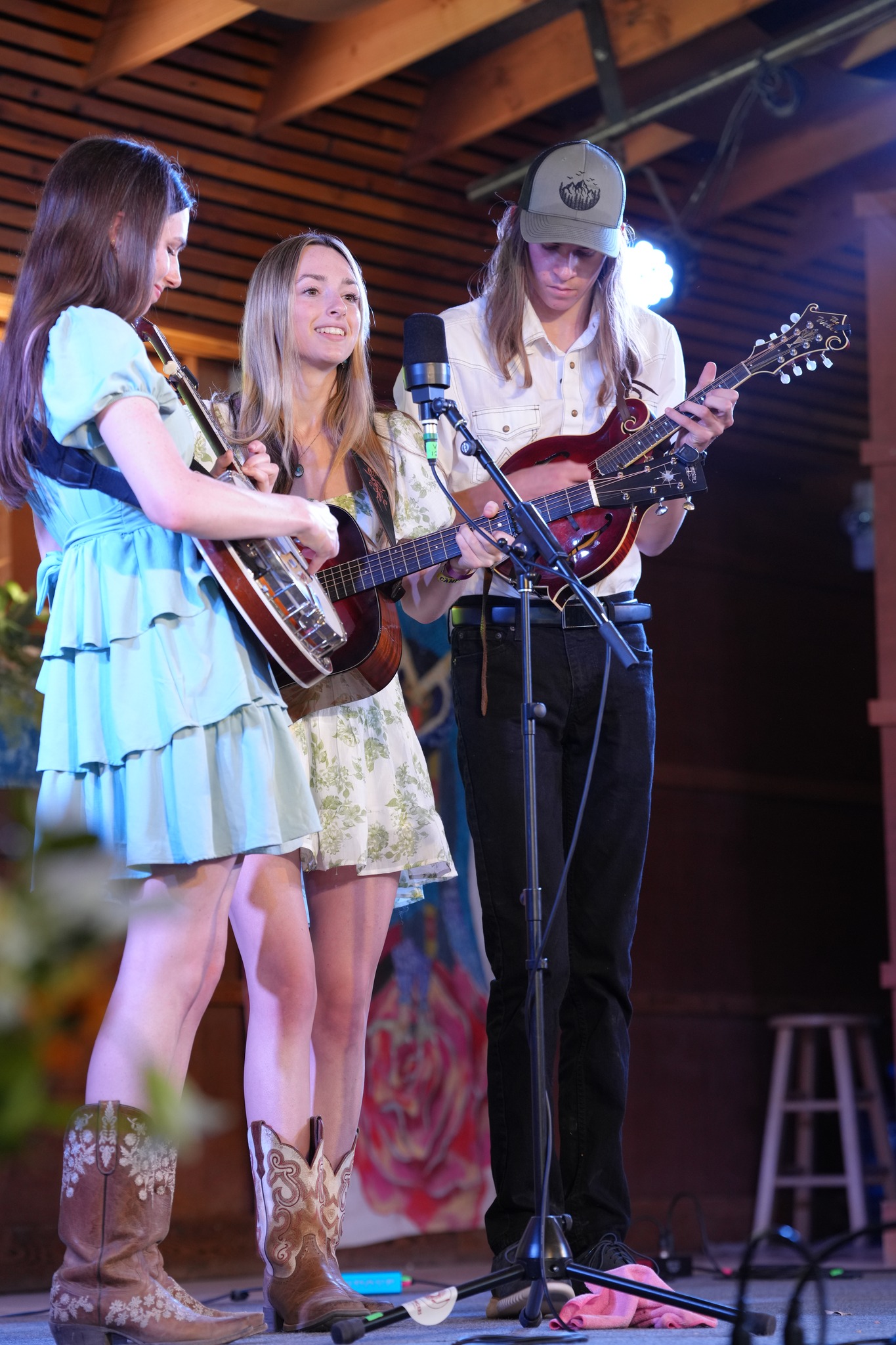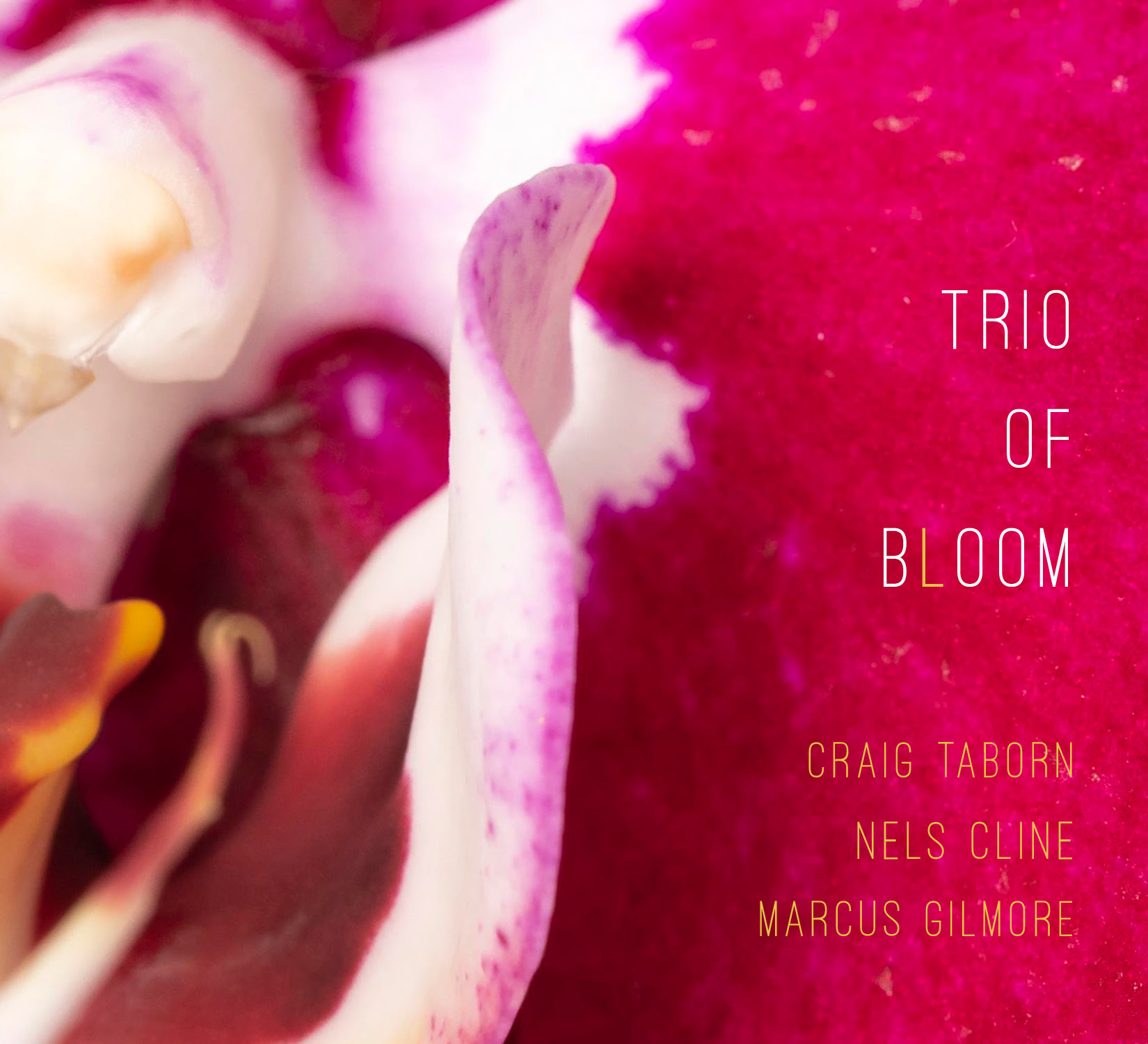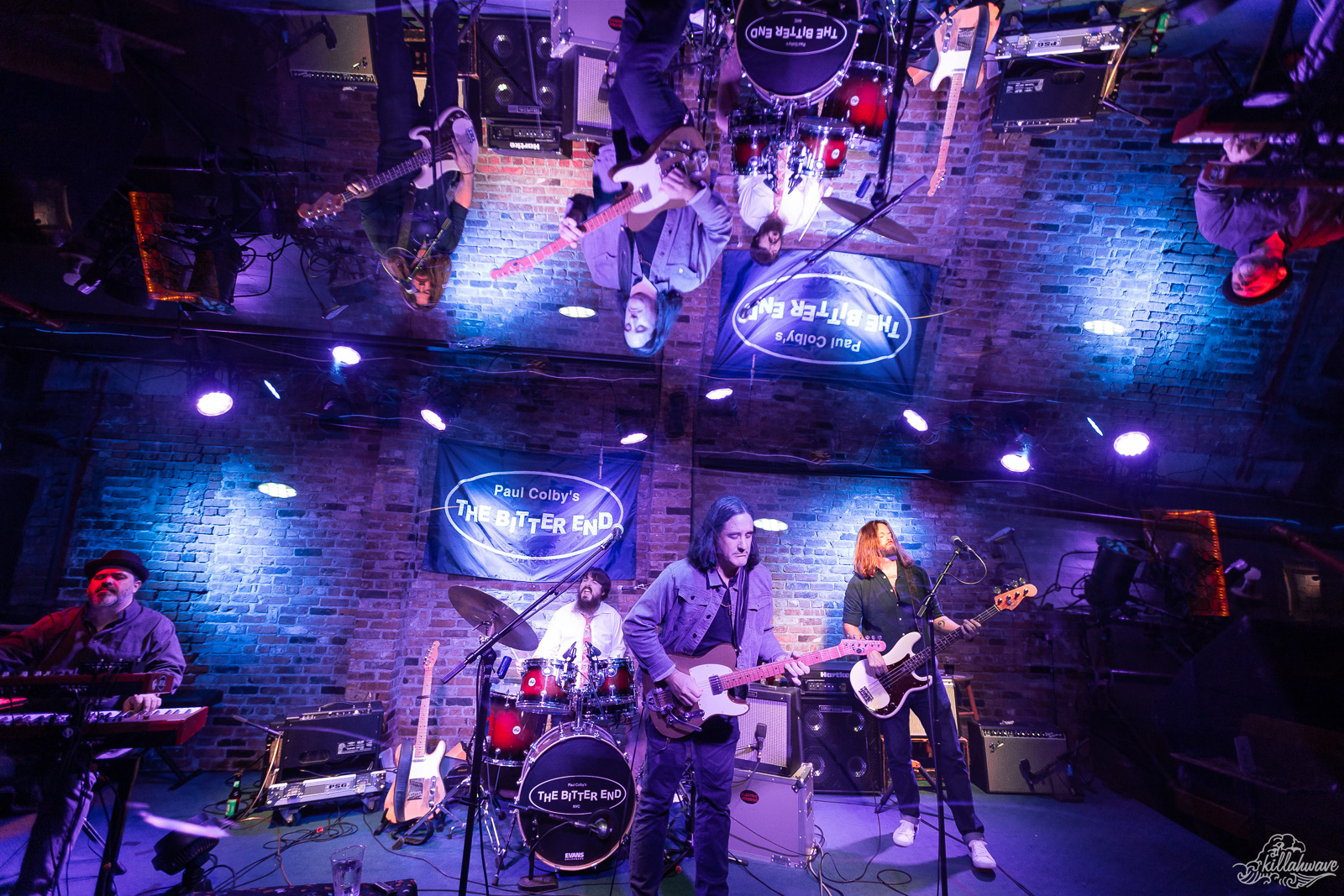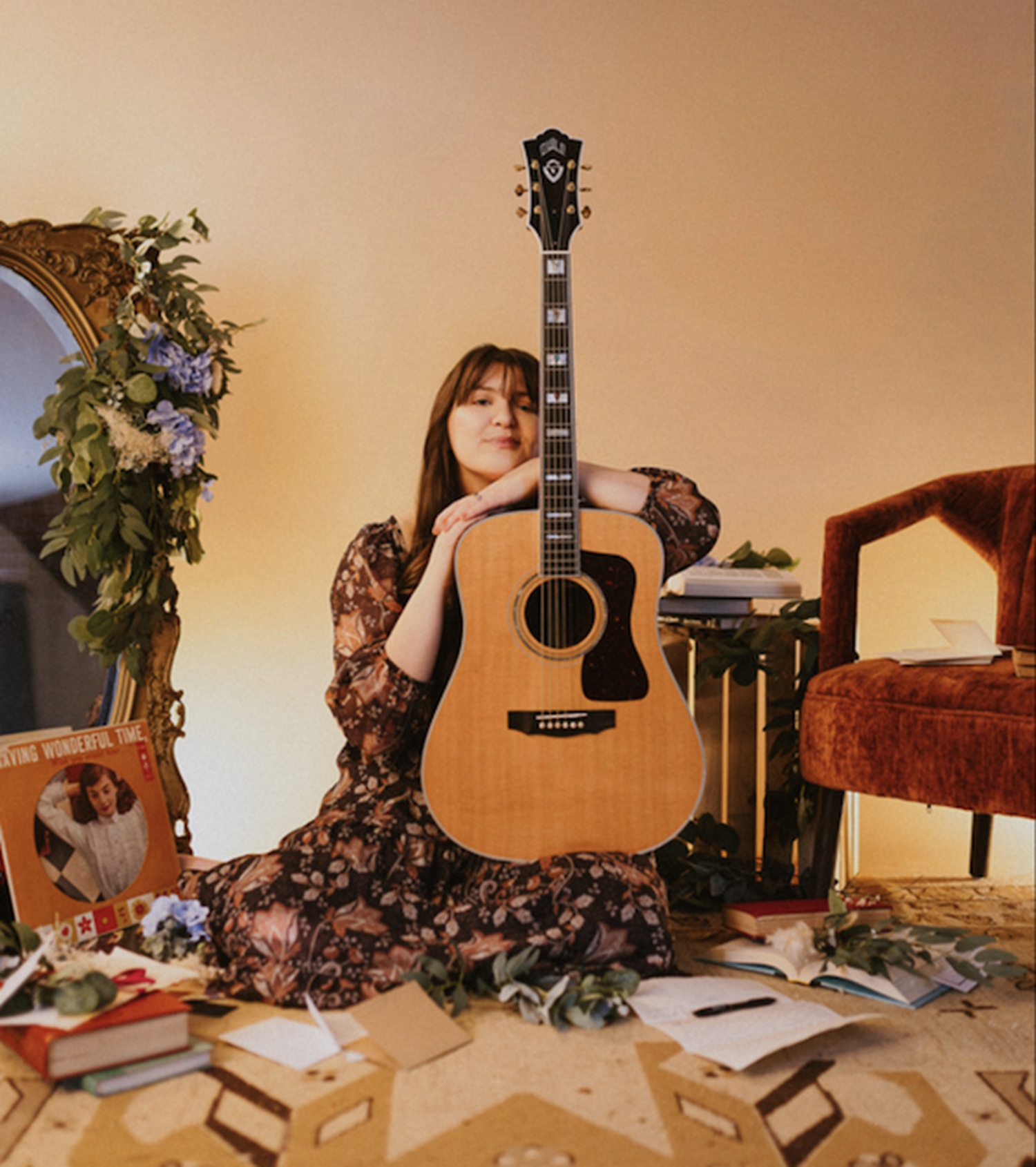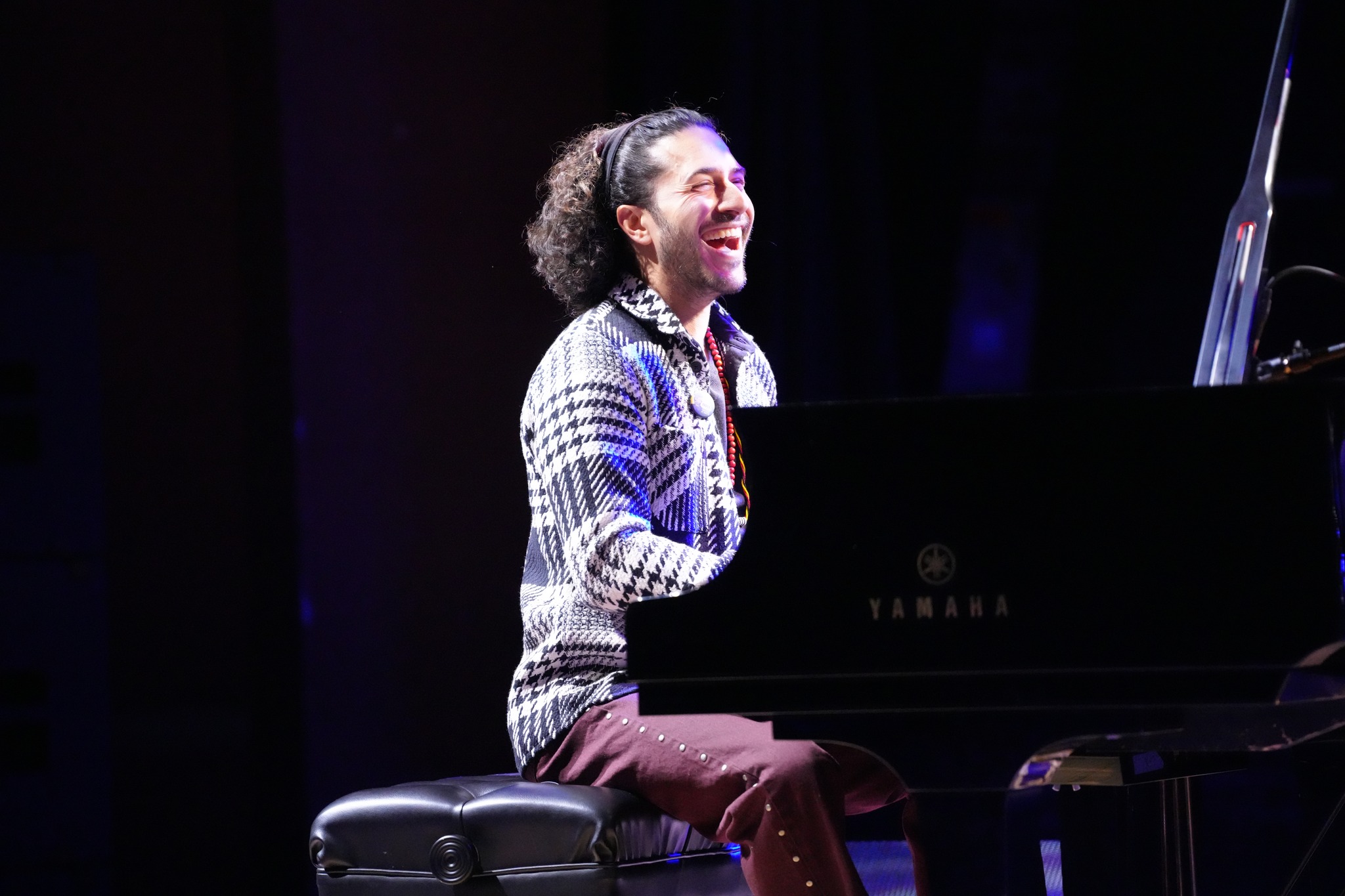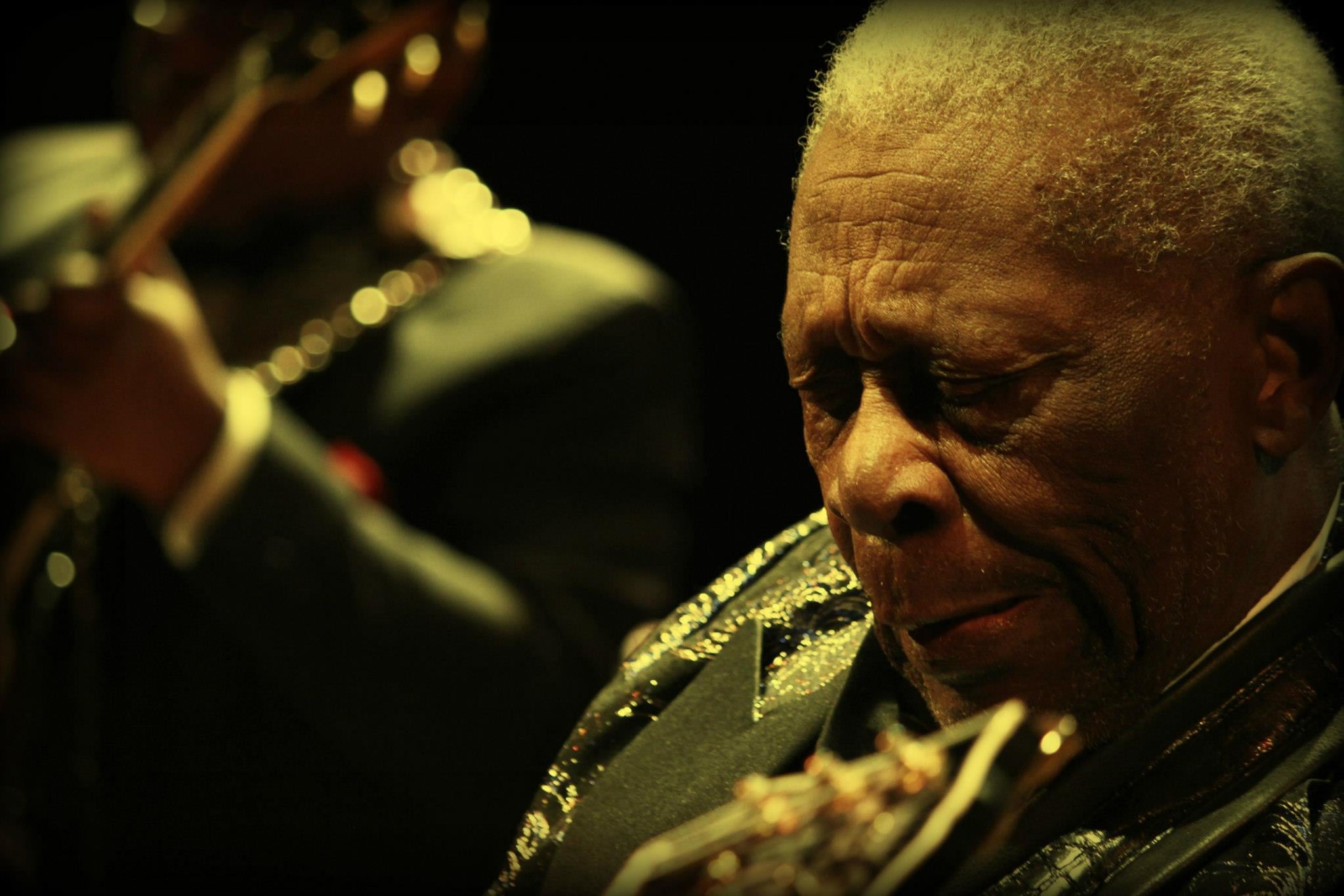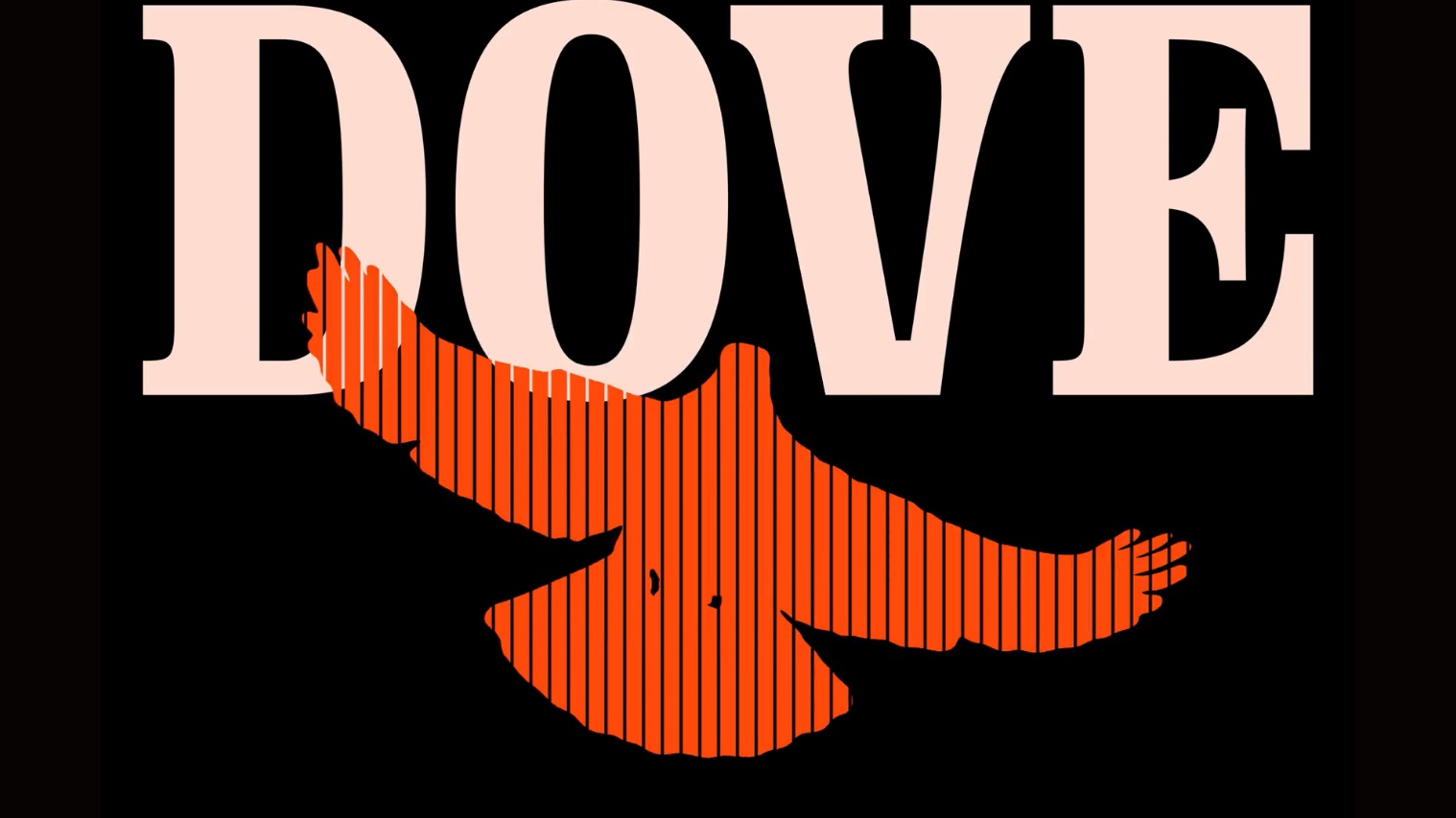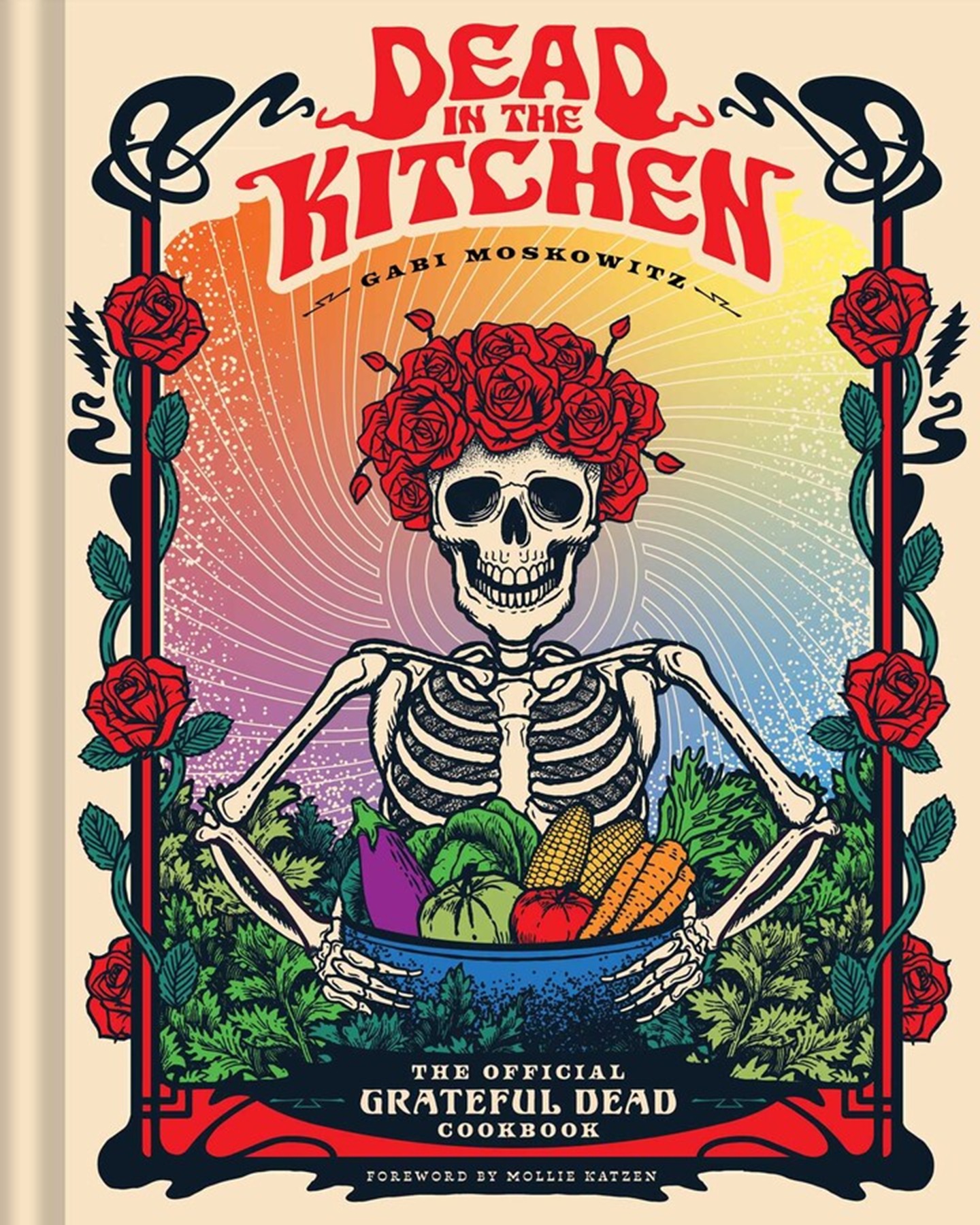In the grand cosmic dance of jazz, where notes float like leaves in the autumn wind, there stands a figure whose very name conjures the essence of innovation, rebellion, and pure, unadulterated genius—Miles Davis. Born on this day, May 26th, 1926, in Alton, Illinois, Miles Davis would go on to become a towering giant in the world of music, leaving behind a legacy that transcends genres and generations.
The Early Days: Birth of the Cool
Miles Davis' journey began in the bustling streets of East St. Louis, where he was raised. His mother, a music teacher, and his father, a successful dental surgeon, provided a solid foundation. But it was the trumpet, given to him at the age of 13, that ignited the fire of his destiny. Under the tutelage of Elwood Buchanan, Miles learned to eschew vibrato, focusing on a clear, pure tone that would become his signature.
After a stint at Juilliard in New York City, Miles found himself immersed in the bebop revolution, playing alongside Charlie Parker and Dizzy Gillespie. This period was a whirlwind of high-speed improvisation and frenetic energy, but Miles was already dreaming of something different, something cooler.
The Cool, the Quintets, and Beyond
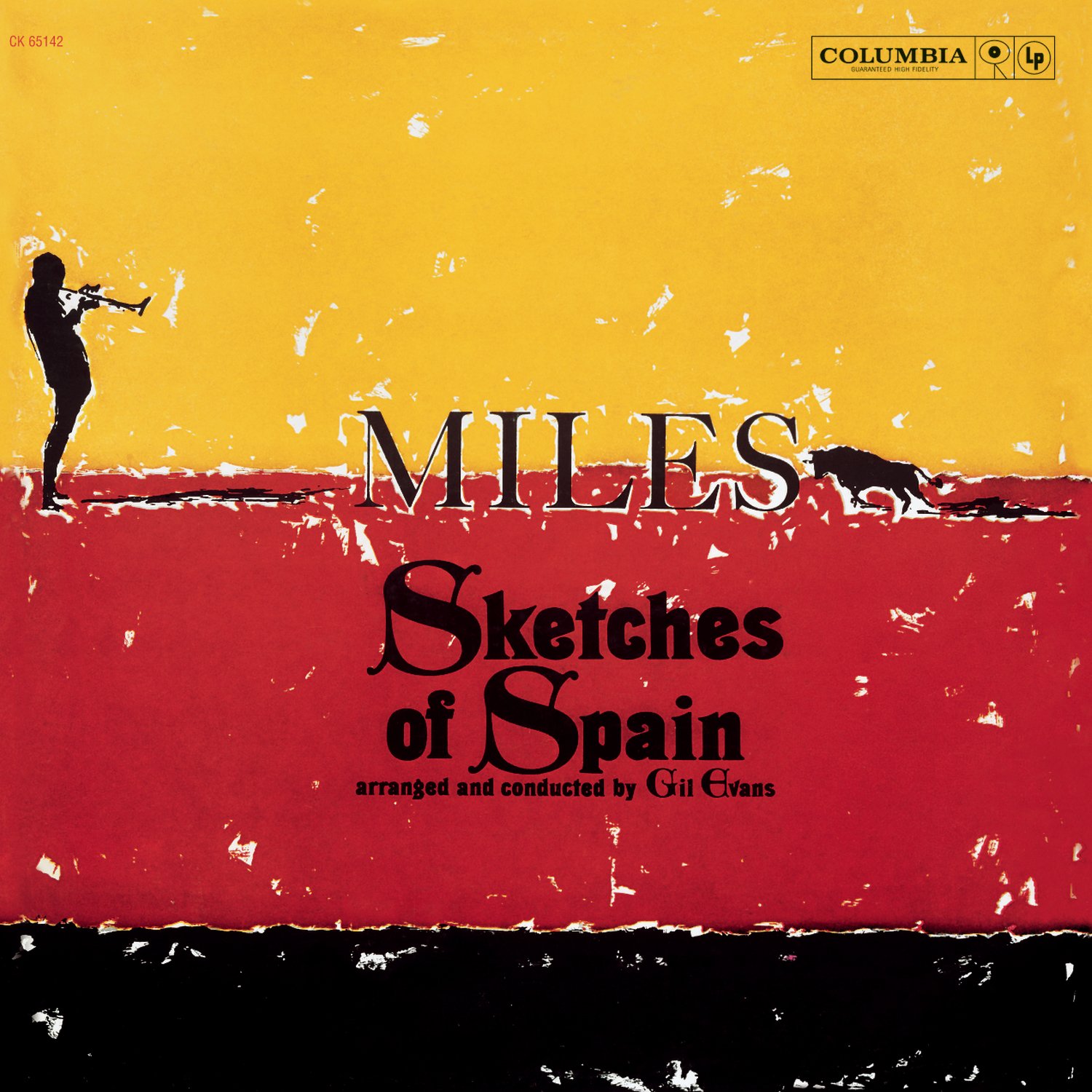
The birth of the cool jazz movement in the late 1940s and early 1950s saw Miles at the helm, steering the ship with albums like Birth of the Cool. This was jazz that whispered instead of shouted, seduced instead of assaulted. Miles' collaborations with Gil Evans during this period, especially on Sketches of Spain and Porgy and Bess, showcased a symbiotic relationship that expanded the boundaries of jazz orchestration.
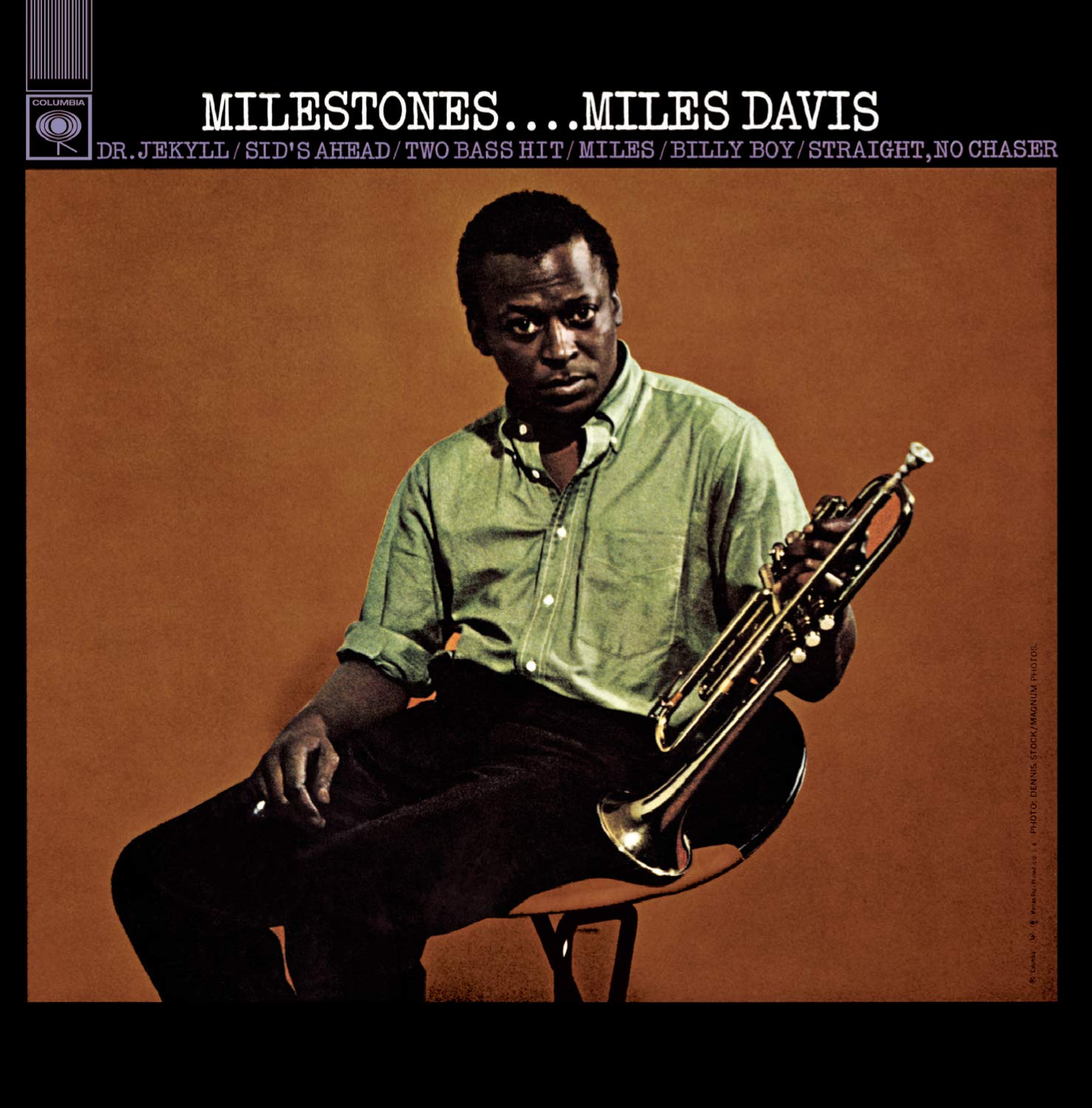
In the mid-1950s, Miles formed his first great quintet, featuring John Coltrane, Red Garland, Paul Chambers, and Philly Joe Jones. This lineup produced seminal albums like 'Round About Midnight and Milestones. Coltrane, a musical Colossus in his own right, found a mentor in Miles, and their interplay was the stuff of legend—Coltrane's sheets of sound swirling around Miles' muted brilliance.]
Kind of Blue and the Modal Revolution
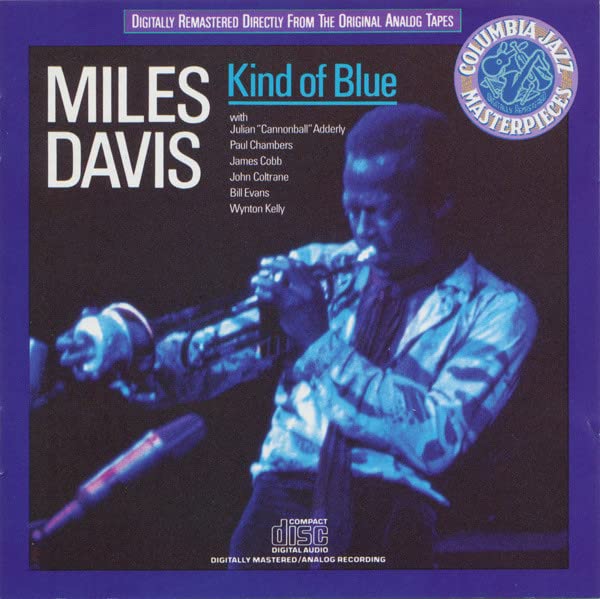
Then came 1959, and with it, Kind of Blue. This album wasn't just a milestone; it was a seismic shift in the tectonic plates of music. With Bill Evans, Cannonball Adderley, and John Coltrane by his side, Miles delved into modal jazz, stripping away the complexities of chord changes and focusing on scales and modes. The result was an album of sublime beauty, a masterclass in restraint and expression.
Electric Miles: Bitches Brew and Beyond
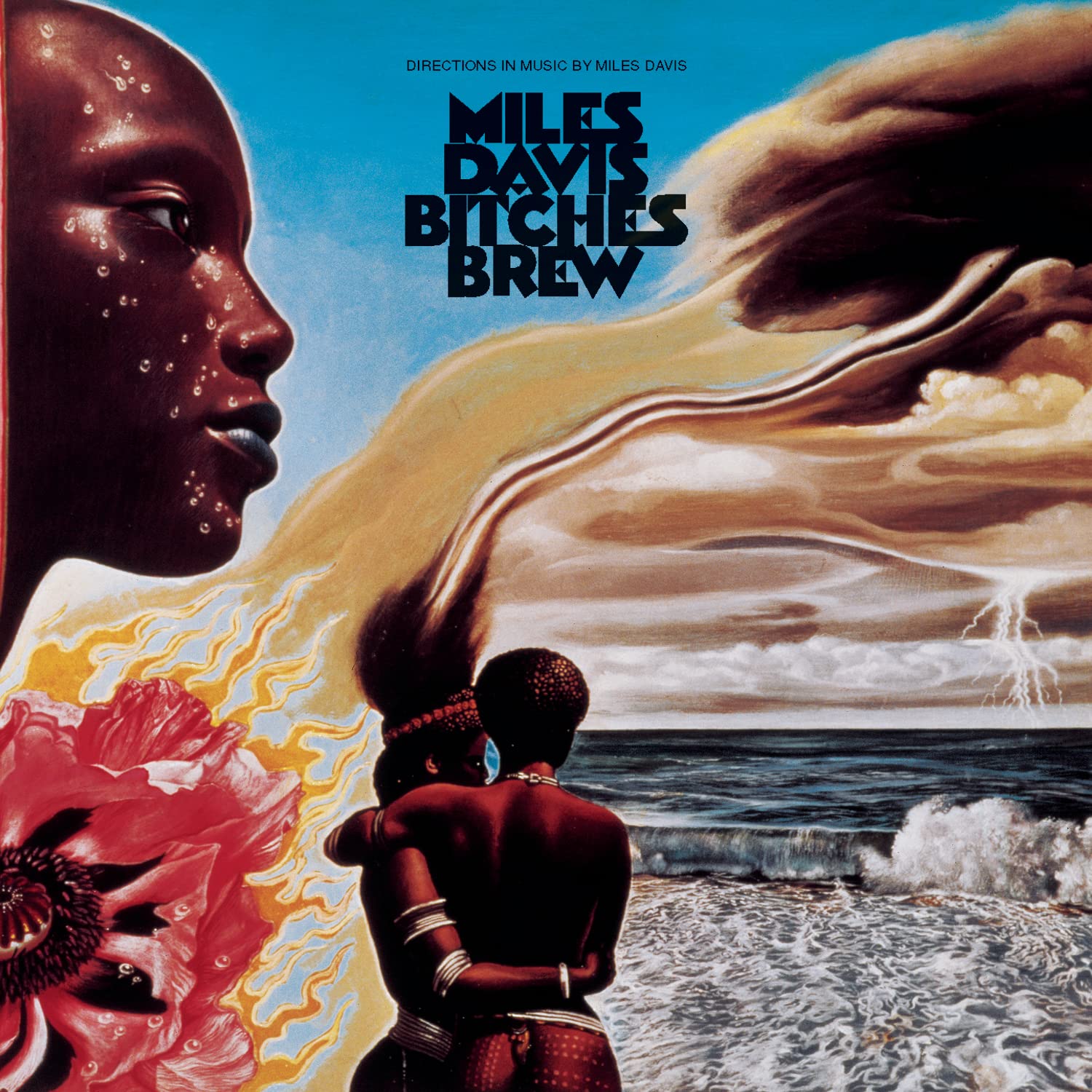
As the 1960s turned into the 1970s, Miles was not content to rest on his laurels. He plunged headfirst into the electric jazz fusion with Bitches Brew, an album that shattered the conventional boundaries of jazz. The use of electric instruments, rock rhythms, and extended improvisations created a soundscape that was both chaotic and mesmerizing.
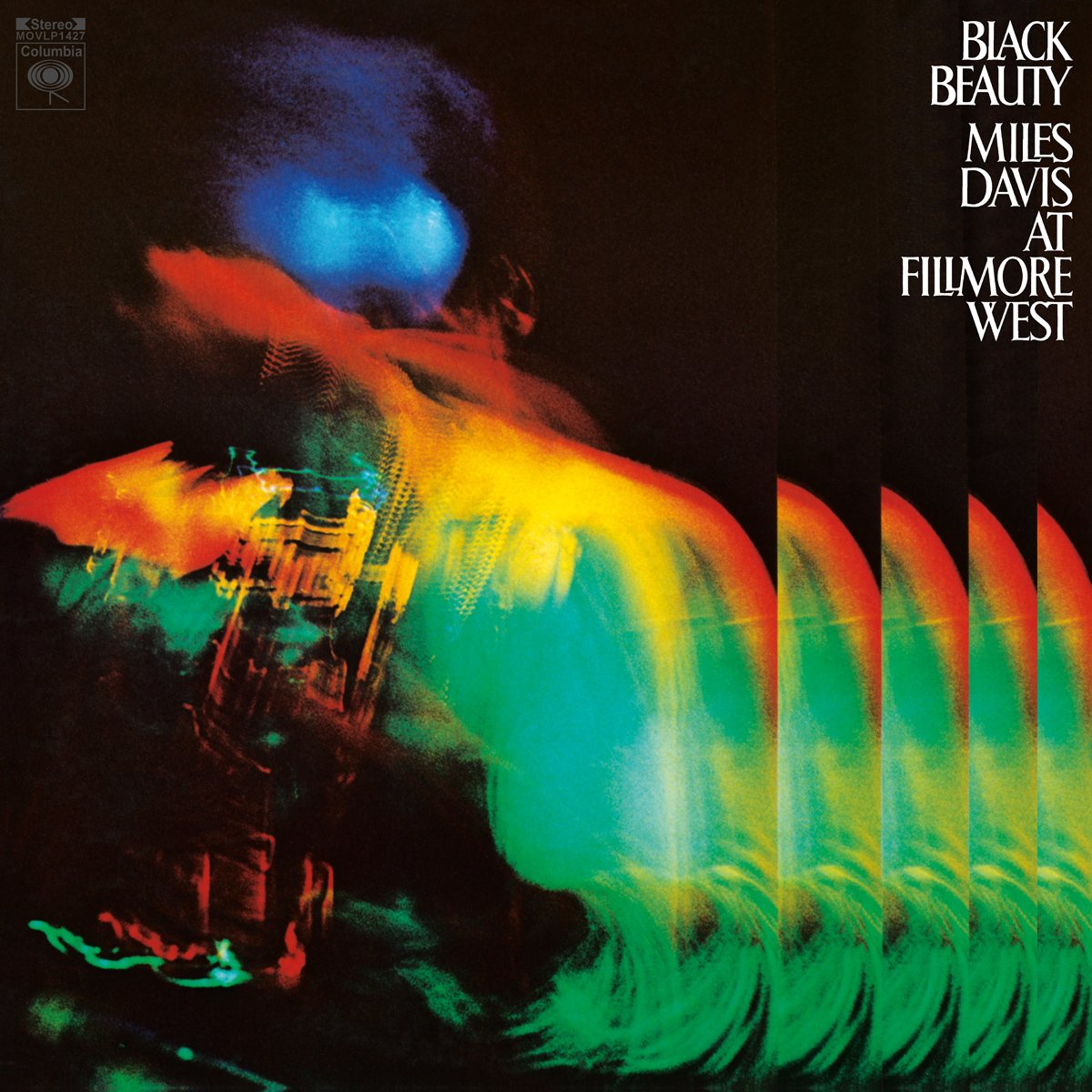
It was during this era that Miles performed as the opening act for the Grateful Dead at the Fillmore West on April 10, 1970. This night, immortalized in Black Beauty, was a fusion of two worlds, a psychedelic collision of jazz and rock that left a lasting impact on all who were there.
The Final Act: From Silence to Comeback
The mid-1970s saw Miles retreating into silence, battling health issues and personal demons. But like a phoenix, he rose again in the 1980s, embracing new sounds and technologies. Albums like Tutu and Amandla saw Miles incorporating synthesizers and drum machines, always pushing the envelope, always ahead of his time.
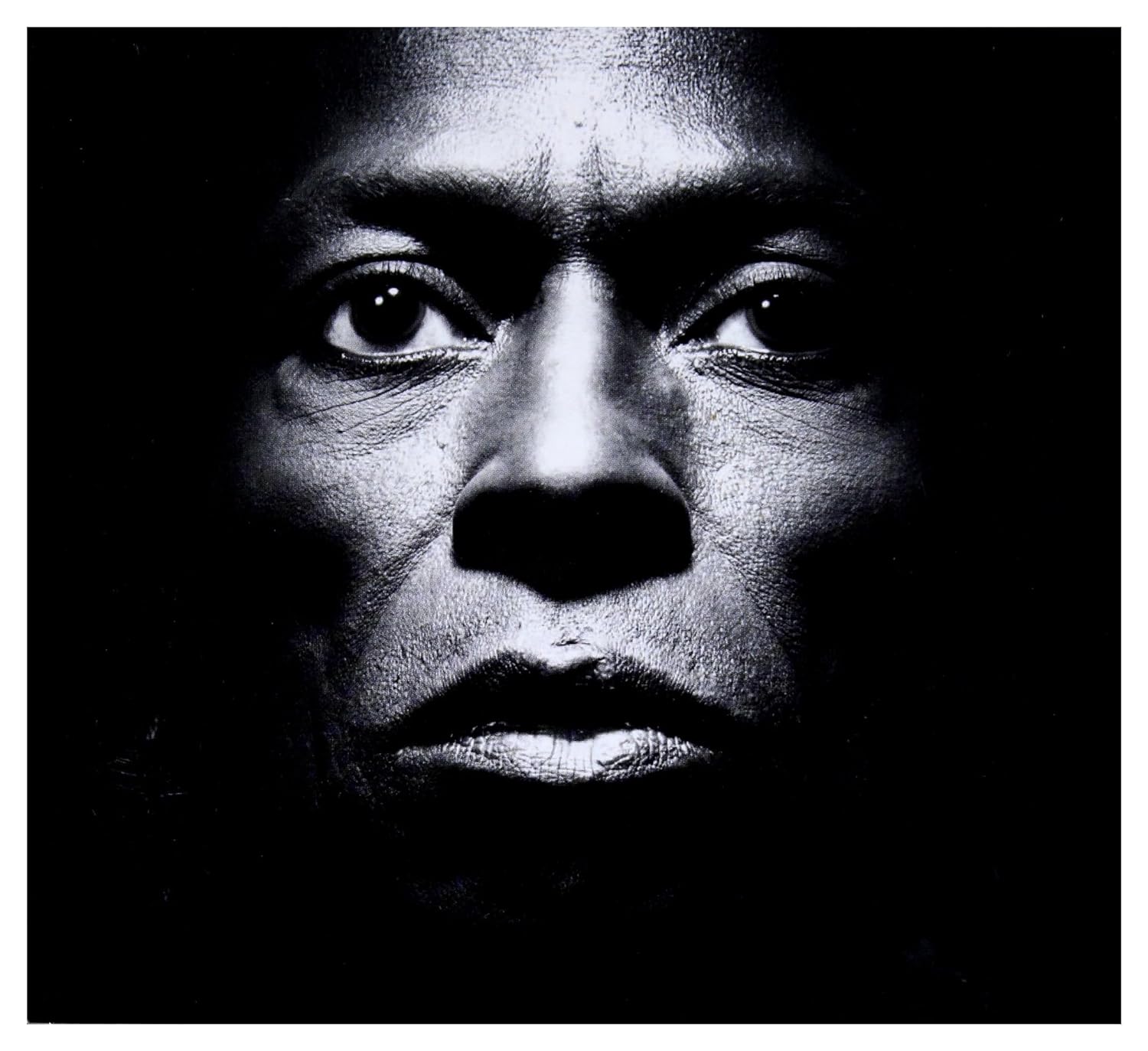
Miles Davis' influence on jazz and music, in general, is immeasurable. He was a restless innovator, a musical chameleon who changed his colors with every era. From the cool jazz of Birth of the Cool to the fiery fusion of Bitches Brew, Miles was always at the forefront, leading the charge into uncharted territories.
The Essential 15: A Journey Through Sound
So What - The epitome of cool, with its call-and-response structure and modal simplicity.
Freddie Freeloader - A bluesy, laid-back groove that showcases Wynton Kelly's piano.
Blue in Green - A haunting ballad, where every note is a tear.
All Blues - A 6/8 masterpiece with a hypnotic rhythm.
Milestones - A fast-paced romp through the modal landscape.
'Round About Midnight - A smoldering rendition of Thelonious Monk's classic.
Bitches Brew - A sprawling, chaotic journey through the electric jungle.
Nefertiti - The quintet at its finest, with Wayne Shorter's lyrical sax.
Footprints - A modal classic with a deep, dark groove.
Someday My Prince Will Come - A whimsical, tender interpretation of a Disney tune.
In a Silent Way - An ambient, electric dreamscape.
Tutu - A sleek, modern sound with a political edge.
Seven Steps to Heaven - A buoyant, uplifting melody.
E.S.P. - A complex, forward-thinking composition.
Spanish Key - A fusion of jazz and rock with a fiery, relentless drive.
The Legacy
Miles Davis didn't just play jazz; he embodied it. He was the cool breeze on a hot summer's night, the electric storm that shook the heavens, the silent whisper in a crowded room. His music was a journey, an exploration of sound and emotion that left an indelible mark on all who heard it.
As we celebrate his birthday, we at Grateful Web tip our hats to the maestro, the sorcerer of sound, the eternal innovator. Miles Davis, your music continues to guide us through the cosmic labyrinth, reminding us that the journey is just as important as the destination.





